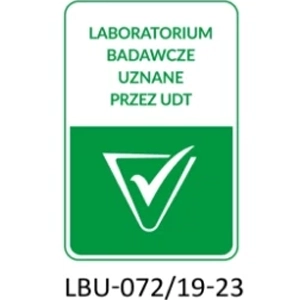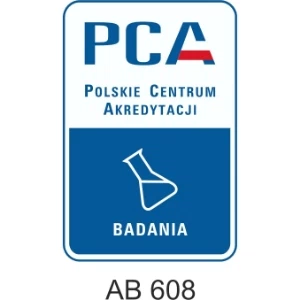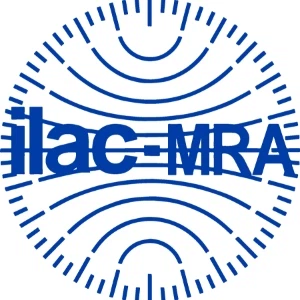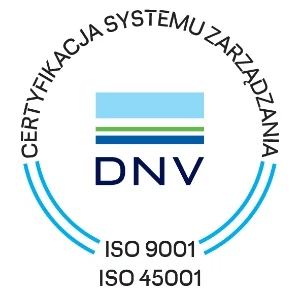Magnetic particle testing (MT)
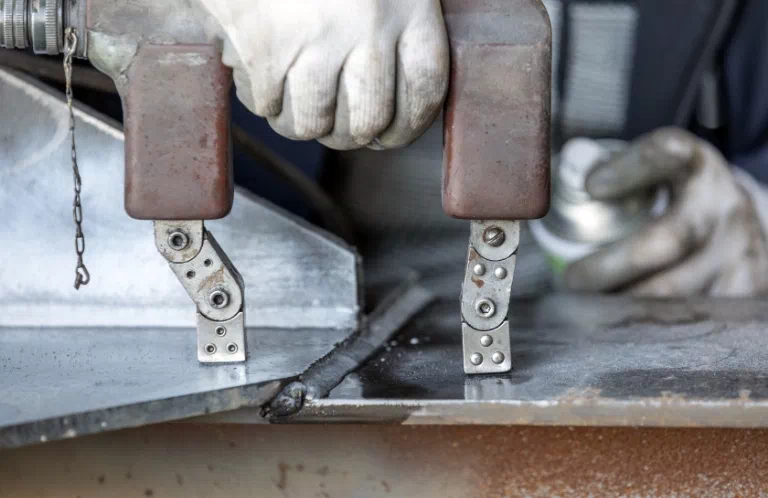
Magnetic particle testing is conducted exclusively on ferromagnetic materials. This technique is most commonly used in the automotive, aerospace, energy industries, and many others.
Magnetic particle testing enables the quick and accurate detection of material discontinuities such as cracks, lack of fusion, tears, laps, and cold shuts.
This type of testing is highly effective, allowing for the precise identification of both surface and near-surface defects in the tested material.
The magnetic particle technique involves inducing a magnetic field and analyzing changes in the distribution of a special powder. This method can detect material defects up to 2 mm below the surface.
We invite you to take advantage of our services!
How does magnetic particle testing work?
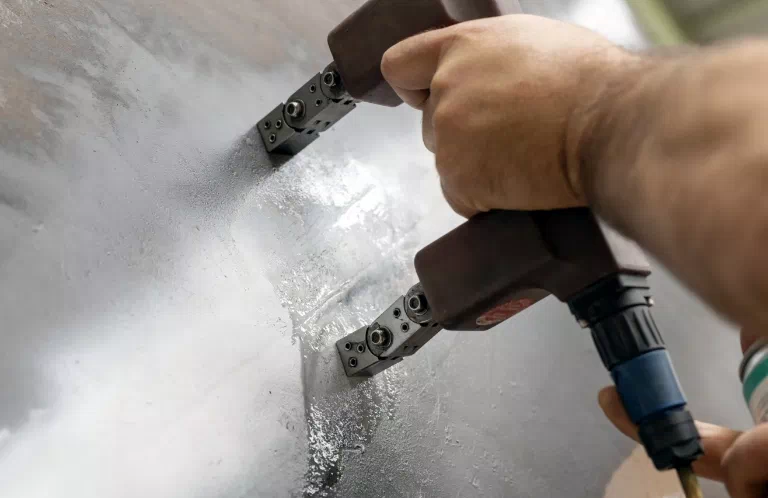
Magnetic particle testing (MT) is a non-destructive testing method.
It involves applying magnetic powder to the surface of a ferromagnetic material that has been previously magnetized. The powder accumulates in areas with material defects, forming visible patterns. The operator analyzes these patterns to identify cracks, inclusions, or other irregularities.
What materials are suitable for magnetic particle testing?
Magnetic particle testing is effective for examining ferromagnetic materials, which respond to a magnetic field. Materials suitable for MT include:
- Steel – Steel is one of the most commonly tested materials using the MT method. Various types of steel, including low-carbon and alloy steels, can undergo this technique to detect surface defects.
- Cast iron – Both ductile (nodular) cast iron and gray (graphitic) cast iron can be inspected using magnetic particle testing.

